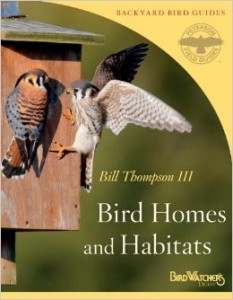 There are a lot of books out there on how to attract birds to your yard. The basics of providing bird feeders and housing have been known for over 100 years. So what is to distinguish one bird-helping book from any other?
There are a lot of books out there on how to attract birds to your yard. The basics of providing bird feeders and housing have been known for over 100 years. So what is to distinguish one bird-helping book from any other?
Bill Thompson III’s Bird Homes and Habitats (Houghton Mifflin Harcourt, 2013) is a recent addition that distinguishes itself with several great features:
The Author—Bill Thompson III, longtime editor of BirdWatcher’s Digest and author of many bird books, is a well-known figure in the birding community–as is his wife, fellow author, artist, and bird expert Julie Zickefoose. Bird Homes and Habitats gives us all another chance to hang out with Bill and Julie as they share their passion and knowledge. Bill has a relaxed and engaging style that has made him a popular writer and speaker on the birding circuit, and that style is well evident here, making Bird Homes and Habitats a fun read. Several bonus essays by Julie Zickefoose on being a backyard bird landlord, taking care of orphan birds, and dealing with nest box competition are additional highlights.
Birdy Backyard All-Stars–one of the final chapters of this book profiles 15 yards and yard owners who are doing fun things for birds on their property. This further grounds Bird Homes and Habitats in real world settings, providing essentially 15 inspiring PSAs promoting bird-friendly yards. Many of these All-Stars are also well-known writers in the birding community, so it is fun to see where they live and what they are doing for birds.
Photos–As with all BirdWatcher’s Digest publications, we get great photos illustrating the main ideas of book, making for a very attractive and informative presentation.
Troubleshooting and FAQs–this extended section answers many questions that would-be bird landlords may have, as well as providing many useful tips about taking care of birds in general.
All in all, this book is more than just a how-to manual, it is an inspiring and useful resource that brings a lot of heart and soul to our bird-friendly practices. It is well produced, and provides most of the basics that we would expect about bird nest boxes.
A couple things to add–Bird Homes and Habitats starts the story of efforts to help bluebirds with the Audubon Naturalist Society efforts in the 1970s. I would have liked to have seen a nod to earlier bluebird trail pioneers such as Thomas E. Musselman, William Duncan, and Oscar Findlay (see that history here). In addition, the narrative on Purple Martins makes the claim that in the early 19th Century Alexander Wilson observed these birds nesting in gourds provided by Native Americans, and that this note supplies the “first documented record of human-supplied housing being used by birds in North America.” In actuality, Wilson was a late reporter of this phenomena, which had been detailed as early as the 1670s by English clergyman and naturalist John Banister. There are many additional reports from the 1700s on Purple Martins and other birds using nest boxes in North America.
These minor historical quibbles aside, I found Bird Homes and Habitats to be a good review of bird housing basics, and very inspirational and informative, and I would recommend it to anyone wanting to get started helping birds in their backyard, and for those more experienced backyard bird helpers that want additional information and especially the personal insights provided by Bill Thompson III and Julie Zickefoose.
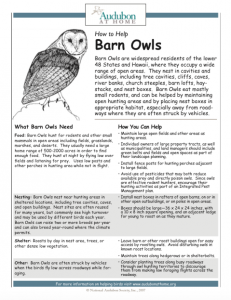 If you own a rural yard or larger property, you probably have a lot of birds already in your yard. But there are always additional birds in your area that may need a little extra attention in order to thrive on your property.
If you own a rural yard or larger property, you probably have a lot of birds already in your yard. But there are always additional birds in your area that may need a little extra attention in order to thrive on your property.
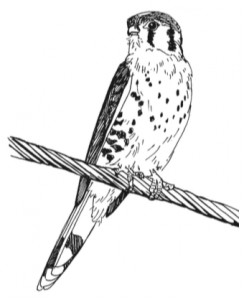 American Kestrel
American Kestrel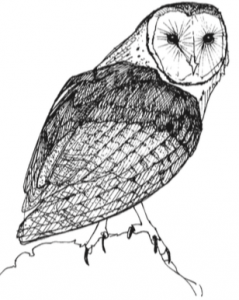
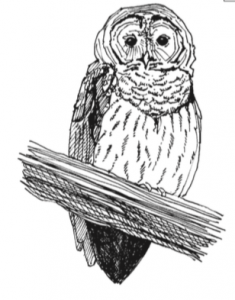 Barred Owl
Barred Owl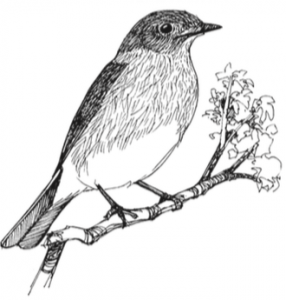
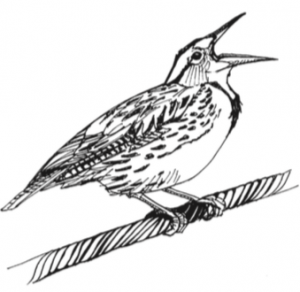
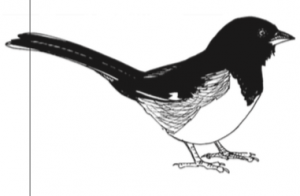
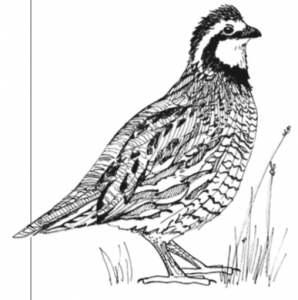
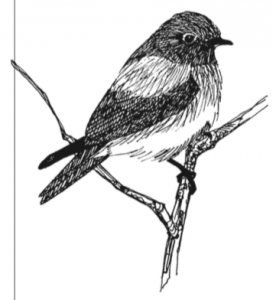 Western Bluebird
Western Bluebird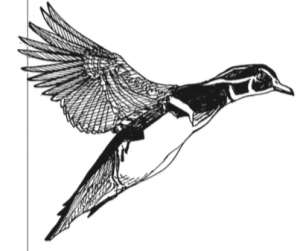
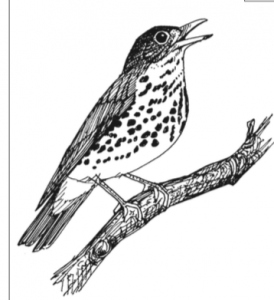 Wood Thrush
Wood Thrush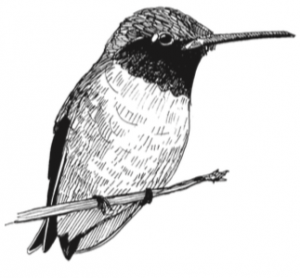
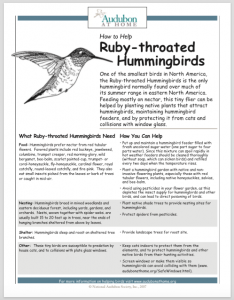 Homeowners can choose a few Birds to Help found in their part of the country and depending on whether they have a small downtown or urban yard, standard suburban yard, or a more rural property. Neighborhood groups promoting a few locally important Birds to Help in their community, can improve local habitats, engage new audiences in helping birds, and make a significant impact on their quality of life.
Homeowners can choose a few Birds to Help found in their part of the country and depending on whether they have a small downtown or urban yard, standard suburban yard, or a more rural property. Neighborhood groups promoting a few locally important Birds to Help in their community, can improve local habitats, engage new audiences in helping birds, and make a significant impact on their quality of life.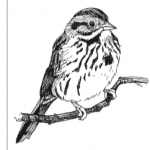
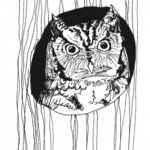

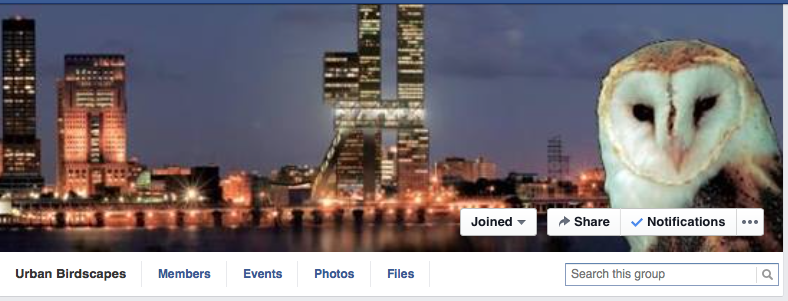

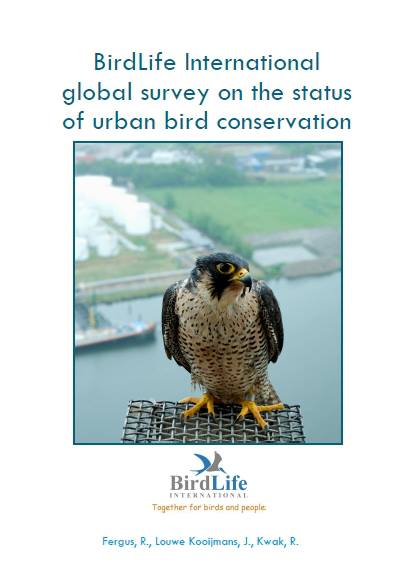
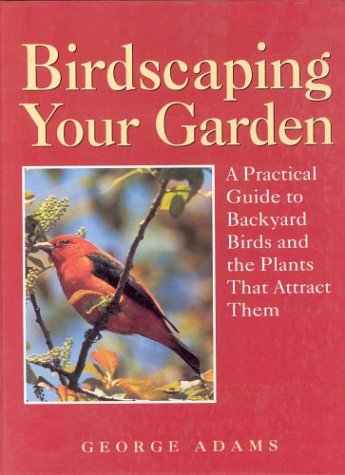 In 1994, Rodale Press published
In 1994, Rodale Press published 
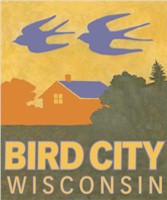
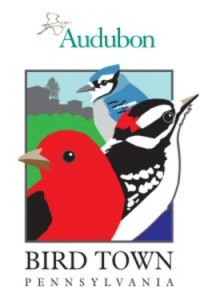
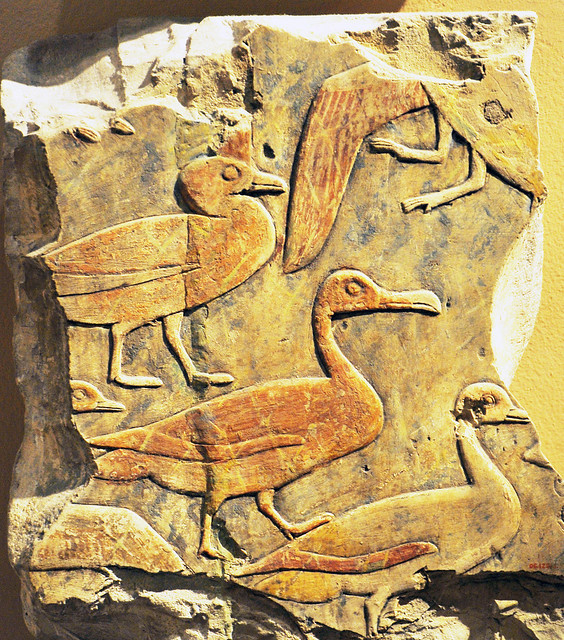 Foul Fowl: Birds as Agricultural Pests
Foul Fowl: Birds as Agricultural Pests